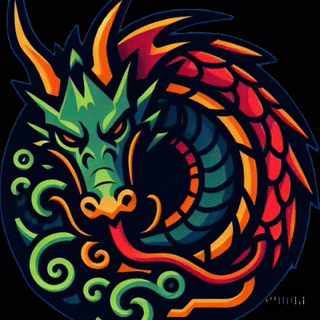The Hierarchy of Mayan Gods: A Comprehensive Exploration
The Hierarchy of Mayan Gods
The ancient Maya civilization, known for its sophisticated writing system, astronomical knowledge, and architectural achievements, had a complex and highly structured religious belief system. Central to their worldview was a rich pantheon of gods, each governing various aspects of the cosmos, nature, and human life. The hierarchy of Mayan deities reflected their cosmology, which divided the universe into multiple realms, including the heavens, the earthly plane, and the underworld (Xibalba). This paper explores the hierarchical structure of Mayan gods, their roles, and their significance in Mayan society.
The Supreme Deities: Creator Gods
At the pinnacle of the Mayan pantheon were the creator gods, who played a crucial role in forming the universe and humanity. Among them, the most prominent included:
Itzamná – Often considered the chief deity, Itzamná was the god of wisdom, the sky, and creation. He was associated with learning, writing, and medicine, serving as a cultural hero and protector of knowledge.
Kukulkan (Quetzalcoatl in Aztec tradition) – The feathered serpent god, Kukulkan, was linked to wind, rain, and fertility. He was also revered as a bringer of civilization, agriculture, and the calendar system.
Hunahpu and Xbalanque – These twin gods, central to the Popol Vuh (the Mayan creation epic), were associated with the Hero Twins myth, in which they descended to Xibalba to defeat the Lords of the Underworld and restore balance.
The Cosmic Forces: Nature and Celestial Deities
Below the creator gods were deities governing natural forces and celestial bodies. These gods influenced daily life, agriculture, and timekeeping.
Chaac – The rain god, often depicted wielding an axe, which he used to strike the clouds to produce rain. He was crucial for agricultural societies dependent on maize cultivation.
Ah Mun – The maize god, representing fertility, renewal, and sustenance. He played a vital role in Mayan mythology as maize was the staple crop and a sacred symbol of life.
Kinich Ahau – The sun god, responsible for light and warmth. His role was central to Mayan rituals and ceremonies, particularly those concerning kingship and power.
Ix Chel – The moon goddess associated with childbirth, fertility, and medicine. She was often depicted as a powerful aged woman pouring water onto the earth, symbolizing renewal and healing.
The Underworld and Death Deities
In contrast to the life-giving gods, the Mayan pantheon also included gods of death and the afterlife. The underworld, known as Xibalba, was ruled by fearsome deities who tested and judged the dead.
Ah Puch – The god of death and decay, depicted as a skeletal figure adorned with bells. He was feared as the bringer of disease and misfortune.
Camazotz – The bat god associated with the night, sacrifice, and the underworld. His imagery appears in myths describing his role as a bringer of darkness.
The Lords of Xibalba – A collective of underworld gods and demons who challenged souls with deadly trials. Their role was particularly significant in the Popol Vuh.
Deities of Human Affairs and Rituals
Beyond the primary gods, the Maya also revered deities who governed human activities such as war, trade, and divination.
Ek Chuaj – The merchant god, associated with trade, cacao, and travelers.
Buluc Chabtan – The war god, depicted in violent imagery as a patron of human sacrifice.
Ixtab – The goddess of suicide, who guided souls of those who took their own lives to a privileged afterlife.
Conclusion and Further Research
The Mayan pantheon reflects the civilization’s deep connection to nature, the cosmos, and the cycles of life and death. Understanding the hierarchy of Mayan gods provides insight into their social, political, and agricultural practices. Scholars interested in further research may explore primary sources such as the Popol Vuh, the Dresden Codex, and archaeological findings in sites like Tikal and Chichén Itzá.
For further scholarly reading, consider the following resources:
Tedlock, Dennis. Popol Vuh: The Definitive Edition of the Mayan Book of the Dawn of Life and the Glories of Gods and Kings. Simon & Schuster, 1996.
Coe, Michael D. The Maya. Thames & Hudson, 2015.
Schele, Linda, and David Freidel. A Forest of Kings: The Untold Story of the Ancient Maya. William Morrow, 1990.
Houston, Stephen D. The Life Within: Classic Maya and the Matter of Permanence. Yale University Press, 2014.
For online resources, visit:
This hierarchical exploration of Mayan deities offers a window into the spiritual world that shaped one of the most influential civilizations in Mesoamerican history.
480-366-3550 (Domain Sales)
© SDBEST LLC, 2025. All rights reserved.
Sponsorship Disclosure
Terms of Service
